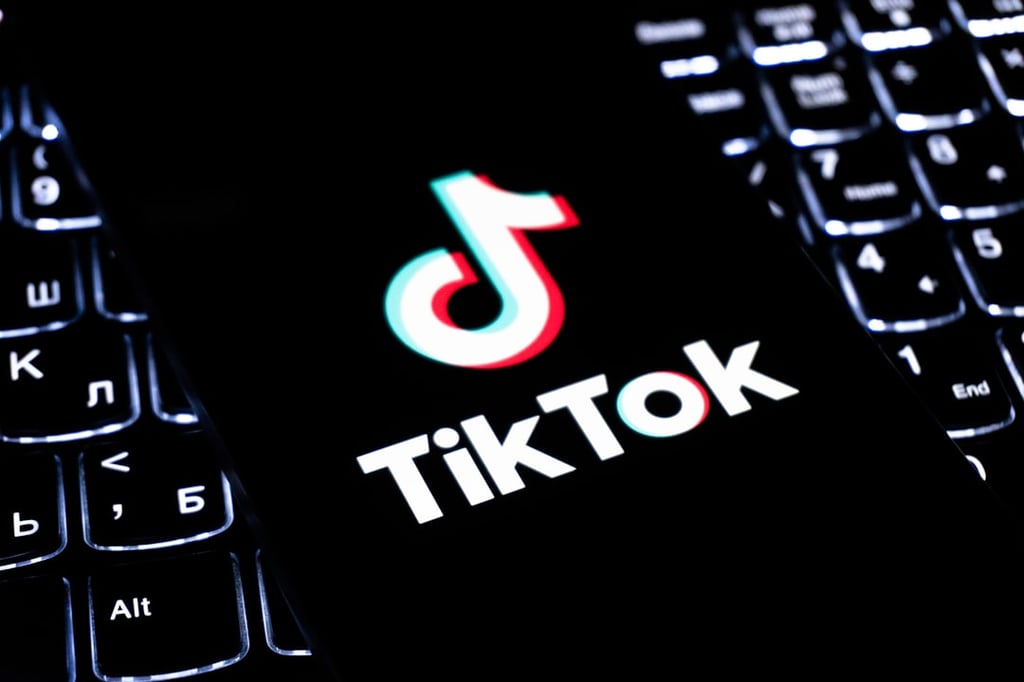Datamation content and product recommendations are
editorially independent. We may make money when you click on links
to our partners.
Learn More
Multi-touch screen technologies are the latest thing for high-tech gadgets, from Apple’s iPhone to Microsoft’s Surface tabletop computer.
But to date, there has been a limit to how useful a multi-touch interface could be. It’s not practical in most circumstances, for instance, to put all ten fingers on a touch screen at once. For one thing, since the screen is there to display information, putting all of your fingers on the screen blocks the view of the information.
Now, a joint project between Microsoft Research (MSR) and Mitsubishi Electric Research Labs (MERL) has resulted in a novel solution – touch screens on both the front and back of a mobile device that are used simultaneously. The user’s thumbs touch the front screen while the other eight fingers touch the back on what’s been termed the LucidTouch “see through” mobile device interface.
To be precise, the device’s screen is not actually transparent. Instead, a camera on a short boom attached to the prototype’s back captures images of the user’s hands touching the rear screen, and an image of the fingers – to enable the user to “see” where his or her fingers are touching – is displayed on the front screen as if the device was transparent.
With the thumbs on the front screen and fingers touching the back, for example, users are able to type more easily – using a slightly reoriented QWERTY keyboard layout — than on other touch screen interfaces. The fact that users can have multiple fingers on the screen at once, without blocking (or “occluding”) the view also enables easier use of maps, for instance.
However, actually making the device transparent front to back was too problematic, according to MSR research scientist Patrick Baudisch. That’s why the researchers adopted the term “pseudo-transparent” – the transparency is actually an intentional optical illusion.
“It’s hard to get the illumination right [if it were actually transparent and] … we can stick with a regular design with the electronics in the middle of the device [instead of having to position the chips and motherboard around the edges],” Baudisch told internetnews.com.
But not showing the fingers was confusing to users, so the researchers figured out a way – using a camera at this point but later probably surface-based sensors – to show the finger locations, as if the device’s screen was actually transparent.
The current prototype uses a form factor that is similar in size to Microsoft’s “ultra-mobile PC” or UMPC design. However, the researchers continue to experiment and are looking at other form factors, such as personal digital assistants (PDA) and tablet PC devices.
Additionally, Baudisch is quick to point out that the project is a true collaborative effort with Mitsubishi researchers, including MERL’s Daniel Wigdor.
“Daniel did a lot of the engineering,” Baudisch added.
The researchers plan to publish a paper in early October when they present their work at the Association for Computing Machinery’s (ACM) Symposium on User Interface Software and Technology.
While the work is not, as such, a product design – rather it is a research project – Microsoft’s recently introduced Surface computer began in a somewhat similar manner, as an outgrowth of an MSR research project. So it is not outside the realm of possibilities that follow-on research might yield usable technologies at some future point in time.
In the meantime, however, don’t look for devices with the LucidTouch technology on the shelves at Best Buy any time soon.
“This is all just starting,” Baudisch said.
This article was first published on InternetNews.com.
-
Ethics and Artificial Intelligence: Driving Greater Equality
FEATURE | By James Maguire,
December 16, 2020
-
AI vs. Machine Learning vs. Deep Learning
FEATURE | By Cynthia Harvey,
December 11, 2020
-
Huawei’s AI Update: Things Are Moving Faster Than We Think
FEATURE | By Rob Enderle,
December 04, 2020
-
Keeping Machine Learning Algorithms Honest in the ‘Ethics-First’ Era
ARTIFICIAL INTELLIGENCE | By Guest Author,
November 18, 2020
-
Key Trends in Chatbots and RPA
FEATURE | By Guest Author,
November 10, 2020
-
Top 10 AIOps Companies
FEATURE | By Samuel Greengard,
November 05, 2020
-
What is Text Analysis?
ARTIFICIAL INTELLIGENCE | By Guest Author,
November 02, 2020
-
How Intel’s Work With Autonomous Cars Could Redefine General Purpose AI
ARTIFICIAL INTELLIGENCE | By Rob Enderle,
October 29, 2020
-
Dell Technologies World: Weaving Together Human And Machine Interaction For AI And Robotics
ARTIFICIAL INTELLIGENCE | By Rob Enderle,
October 23, 2020
-
The Super Moderator, or How IBM Project Debater Could Save Social Media
FEATURE | By Rob Enderle,
October 16, 2020
-
Top 10 Chatbot Platforms
FEATURE | By Cynthia Harvey,
October 07, 2020
-
Finding a Career Path in AI
ARTIFICIAL INTELLIGENCE | By Guest Author,
October 05, 2020
-
CIOs Discuss the Promise of AI and Data Science
FEATURE | By Guest Author,
September 25, 2020
-
Microsoft Is Building An AI Product That Could Predict The Future
FEATURE | By Rob Enderle,
September 25, 2020
-
Top 10 Machine Learning Companies 2021
FEATURE | By Cynthia Harvey,
September 22, 2020
-
NVIDIA and ARM: Massively Changing The AI Landscape
ARTIFICIAL INTELLIGENCE | By Rob Enderle,
September 18, 2020
-
Continuous Intelligence: Expert Discussion [Video and Podcast]
ARTIFICIAL INTELLIGENCE | By James Maguire,
September 14, 2020
-
Artificial Intelligence: Governance and Ethics [Video]
ARTIFICIAL INTELLIGENCE | By James Maguire,
September 13, 2020
-
IBM Watson At The US Open: Showcasing The Power Of A Mature Enterprise-Class AI
FEATURE | By Rob Enderle,
September 11, 2020
-
Artificial Intelligence: Perception vs. Reality
FEATURE | By James Maguire,
September 09, 2020
SEE ALL
ARTICLES







